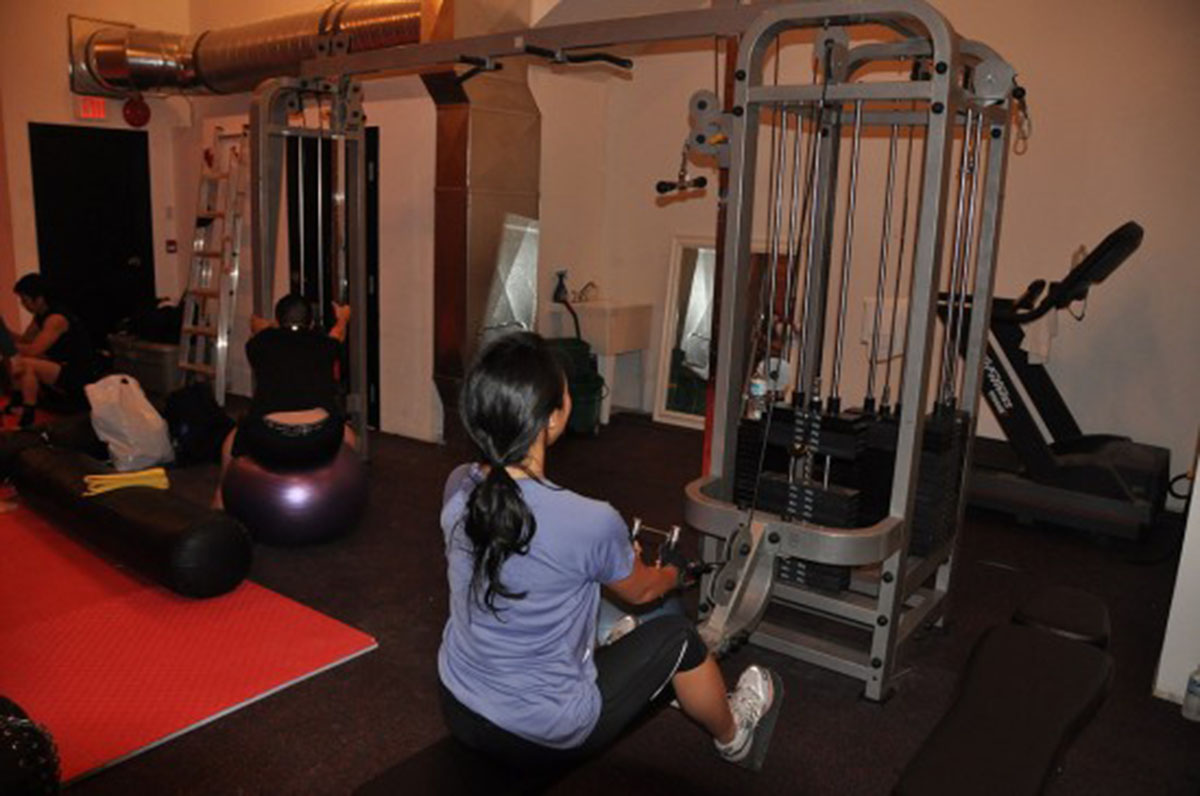Table of Contents
Training to 85% of your maximum allows you to get most of the benefits of training with your absolute maximum and most of the benefits of training at a much lower intensity too. It’s safer and more effective.

Training at 85% intensity allows the adaptive response to be in the right range, but it lets you get a lot more repetitions in. Look at it this way: How many max effort single squats can you do, before the weight starts to drop significantly? Say it’s four. OK, How many sets of three at 85% of your max effort can you do? I bet it’s more than four. Say it’s eight. Do your session at 85% and you've moved 4.5 times more weight and done six times as many squats.
You've been able to work your skill of squatting well while lifting a heavy weight – but you’re not running anything like the risk of injury. When you need maximum effort, this form of training will pay off because it’s prepared you to have good form and confidence. Don’t ask me. Ask the best-in-class athletes, from Thai boxers to Olympic weightlifters, who train this way.
If you’re applying this idea to other training modalities, you might need to tweak it a little.
Distance runners might want to run 85% of their maximum distance. Jumpers and throwers might want to lower the bar and get perfect rep after perfect rep over a nearly-max bar. Throwers might want to throw a little short while working on form and on feeling the flow and the line of force.
But it works for non-sports people too. If you’re just a regular gym goer who wants to get in better physical condition, training at maximum could result in injury – it’s more likely for someone with unprepared joints and less-than-perfect form. Train at 85% and watch your joints get better and your form improve as the load itself ‘teaches’ you.
Read More: Instinctive Training: What Is It? Should You Do It?
Don’t get too hung up on numbers.
85% means submaximal but not so much that it’s unlike maximal. 90% and 80% is fine too. And if you’re a thrower, let’s say, how do you work out what 85% of your max effort is? Instead of getting too mixed up in number crunching, look to the experience. You want the experience to feel similar. Think of it as maximalesque training. If it remains a significant challenge but doesn't leave you unable to walk to the car afterwards it’s good.
And here’s the news no-one wants to hear: for most recreational trainees, training at 85% of their true maximal effort would mean training a lot harder than they do right now.
- Photo by shutterstock.com
- Photo courtesy of Peter Gordon by Flickr : www.flickr.com/photos/superwebdeveloper/4945274189/


Your thoughts on this